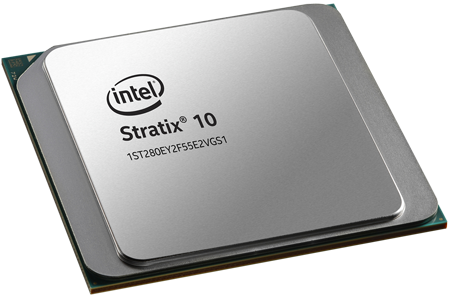
Signal Averaging
eXpert FPGA DSP Feature for CompuScope Digitizers
Signal averaging is a powerful method of improving the fidelity of noisy repetitive signals. The process consists of making multiple acquisitions of a repetitive waveform and averaging all acquisitions together. Any random noise is subsequently averaged to near zero, while the amplitude of the underlying repetitive signal remains unchanged. Using signal averaging, small signals can be extracted from a background of high-amplitude noise, which may even be larger than the actual signal itself.
Utilizing the eXpert Signal Averaging Firmware on a GaGe CompuScope Digitizer allows users to detect a small repetitive signal in a noisy environment by conducting rapid signal averaging completely on the digitizer’s onboard FPGA with absolutely no host system CPU loading.
Starting at $1,045
- Waveforms may be Signal Averaged at a Rate of Greater than 100,000 Waveforms per Second
- Maximum Waveform Lengths up to 131,072 Samples
- Maximum Waveform Depth is Shared Amongst the Number of Active Channels
- Maximum Number of Averages that may be Performed in One Averaging Session is 1,000,000
- Averaging Operated in Multiple Record Mode Allows for Successive Averaged Waveforms to be Stacked in Onboard Memory
- Reduces Amount of Data to be Transferred/Off-Loaded to the Host PC System by a Factor of more than 1,000
- Signal Averaging is Performed by GaGe Digitizer Hardware, Allowing the Host PC to Handle Other Tasks in Parallel
- Transparent to GaGe’s Standard CompuScope Digitizer Drivers for Windows/Linux, so that no Special Software is Required
- Compatible with CompuScope Digitizer Software Development Kits (SDKs) for C/C#, LabVIEW, & MATLAB with Ready-Made Compiled Sample Programs
| eXpert Signal Averaging Products and Part Numbers | ||
| eXpert Signal Averaging Firmware Option NOTE: Requires one of the available GaGe SDKs for C/C#, MATLAB, or LabVIEW, included with Digitizer, and is compatible for use with the following GaGe Digitizer Model Series sold separately: | 250-181-001 | |
| Software Development Kits (SDKs) | ||
| GaGe SDK Pack (Includes C/C#, MATLAB, and LabVIEW) | Included | |